Looney Tunes has been around for so many years that it’s been on since before the end of segregation. With that in mind, you’d expect normalized perceptions to be dissimilar and for it to have some really inappropriate episodes, due to the culture itself back then.
One of the most prominent of these is the practice and skits based on blackface, a common Vaudeville and theater practice discriminating against people of color. Anyone can agree that while usually meant to be light-hearted, Looney Tunes‘ humor itself is insensitive, and a type of violent humor that isn’t around anymore. So here are 10 the most offensive Looney Tunes skits aired.
Hittin’ the Trail for Hallelujah Land
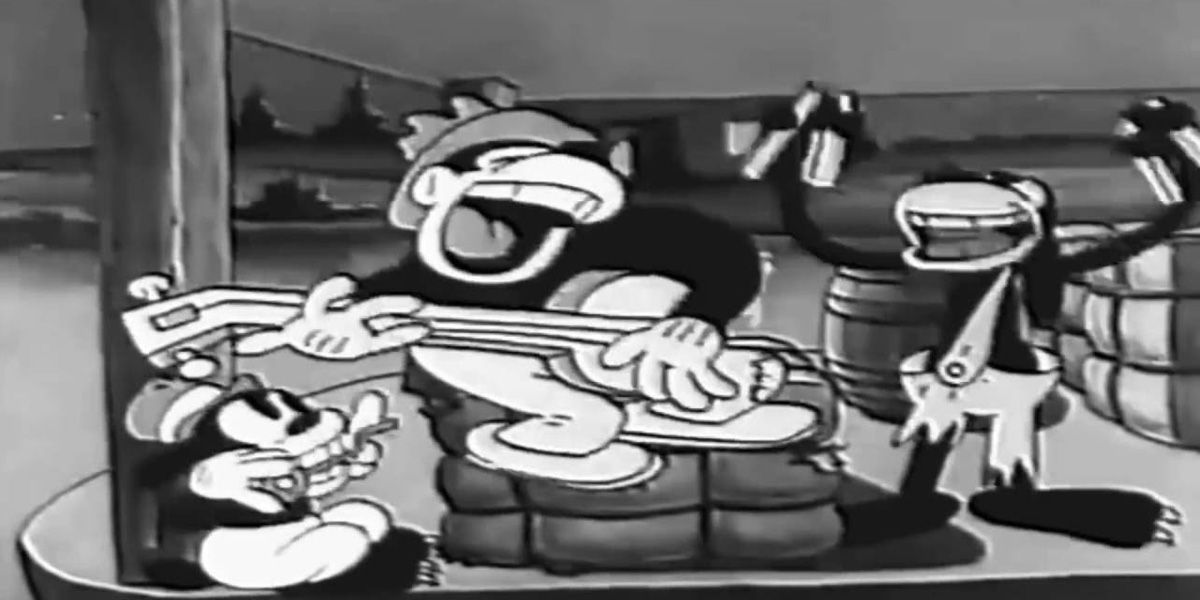
This one is special, being one of the first of the outlawed productions from Warner Bros and the earliest to come out. You aren’t missing out on much with this short as it was one of the ones made off the coattails of Steamboat Willie. It even features a Mickey Mouse-like main character on a steamboat, but with blackface caricatures singing and dancing at you.
Being a Merry Melodies production, the song is the whole point of the short, overall it’s a plain early 30’s skit that tried to make themselves different from the cartoon they were copying by adding blackface characters.
Sunday Go to Meetin’ Time
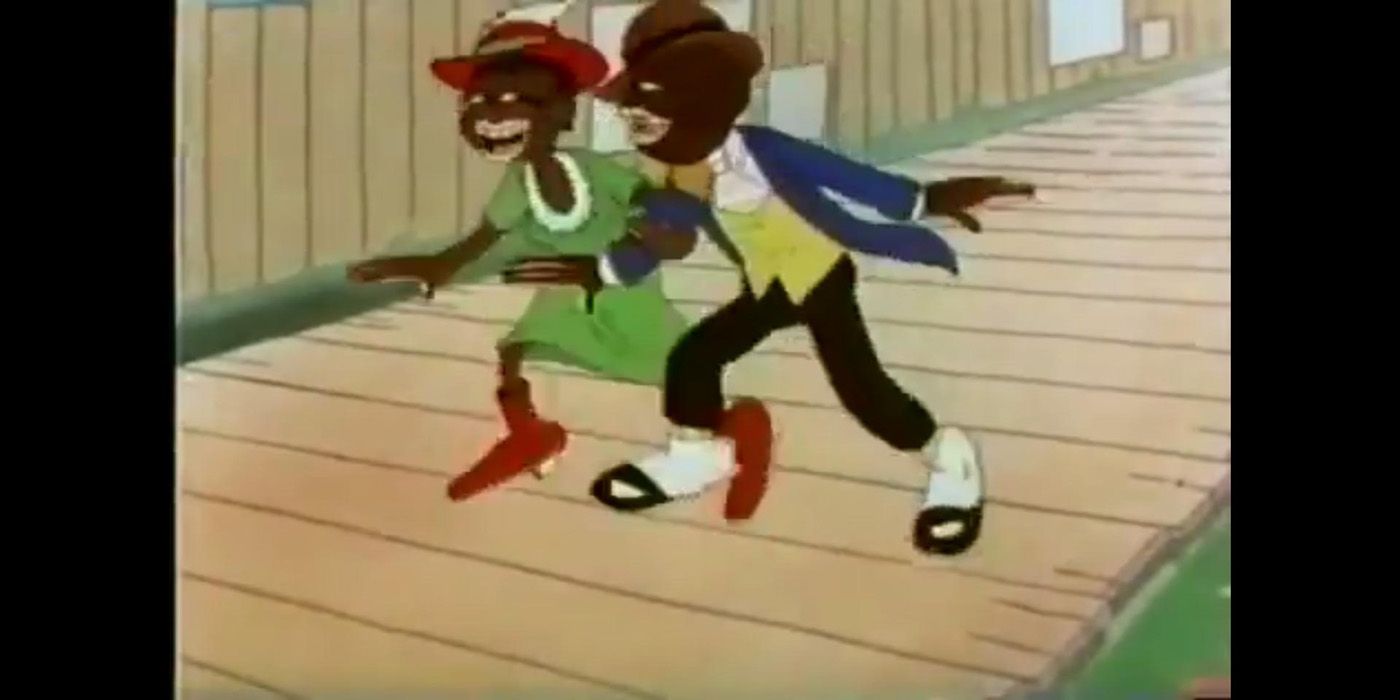
This skit went through a lot of racial stereotypes and included more blackface. The cartoon overall encouraged prejudice racial depictions of African Americans as lower class and unintellectual.
It’s another cartoon from Warner Bros. that was taken out of circulation because of stereotypical and offensive representation. Between the blackface preaching caricature and the encouragement of the illiterate stereotype, we can see why.
The story is a moral piece about rights and wrongs and church. The main character skips out on going to church to instead steal chickens when he’s kidnapped by another racial caricature devil who brings him to The Devil himself. The Devil essentially starts punishing him, which wakes him up from a dream and makes him decide to go to church.
Clean Pastures
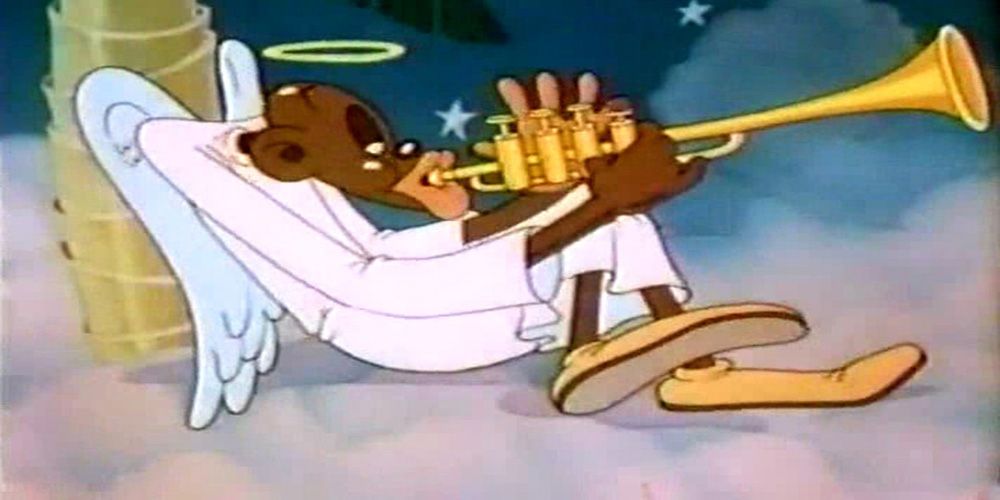
One thing that comes up more than once with banned offensive Looney Tunes cartoons is who directs them, Friz Freleng. You’ll see his name pop up for a good portion of the Censored Eleven, the name for banned Looney Tunes cartoons.
Much like his other work and previous entry, ‘Sunday Go to Meetin’ Time’, this cartoon also follows a lot of negative stereotypes, religion, and jazz. Much like a lot of cartoons of the period it parodies a popular movie of the time, The Green Pastures.
The essential premise is heaven known as “Pair-O-Dice” is losing people to hell, so an angel goes down to Harlem, New York to recruit people, but due to their debaucherous ways, they fail in doing so. A group who parody popular Jazz artists at the time tell the angel he needs tunes to attract people who break into a song and dance skit that brings all the people of Harlem to heaven.
Uncle Tom’s Bungalow
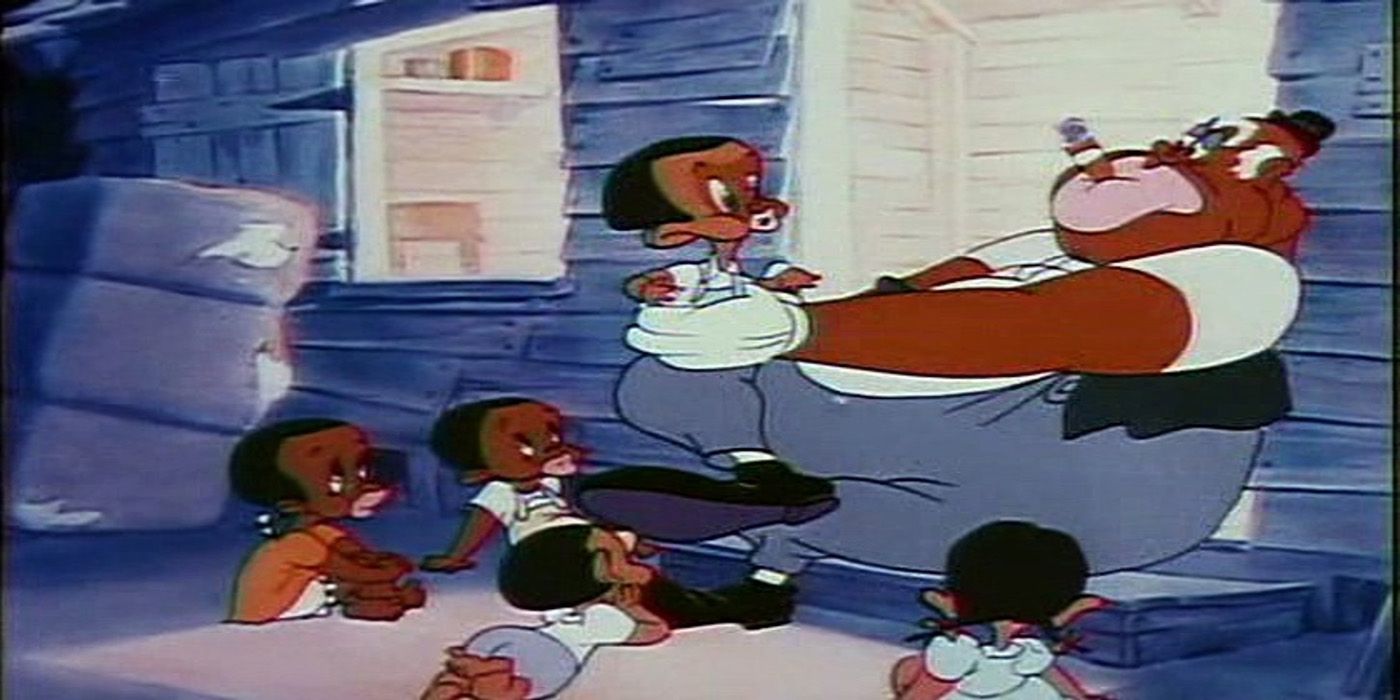
An obvious parody of the novel of Uncle Tom’s Cabin. It starts with a used slave trader selling Uncle Tom to a family’s little girl on a layaway plan. Just the starting concept of putting a human as a product like a toy is bad enough but it only gets worse.
The girls of the family miss three payments making the slave trader chase them down to get him back like a crazed repo man until Uncle Tom arrives well off for himself and pays for himself and leaves.
Jungle Jitters
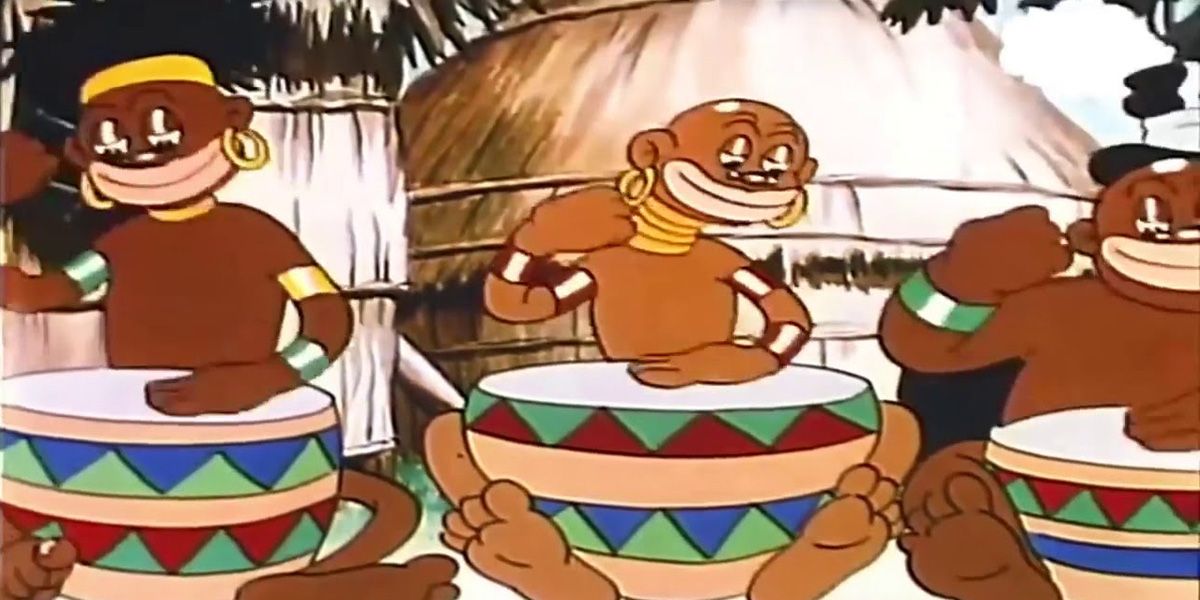
Another cartoon by Friz Freleng and another noteworthy controversial one. African Cannibals, that’s the summary of what the cartoon is about. It looks at African Americans as though they are simpler and primal, two very horrendous stereotypes, who have a white leader.
The cartoon follows a salesman trying to sell the tribe modern utensils to no avail until they decide he looks tasty. But after becoming smitten with the queen, the two get married before he gets boiled for food Preying Mantis style. At least the tone of the cartoon is joyful.
The Isle of Pingo Pongo
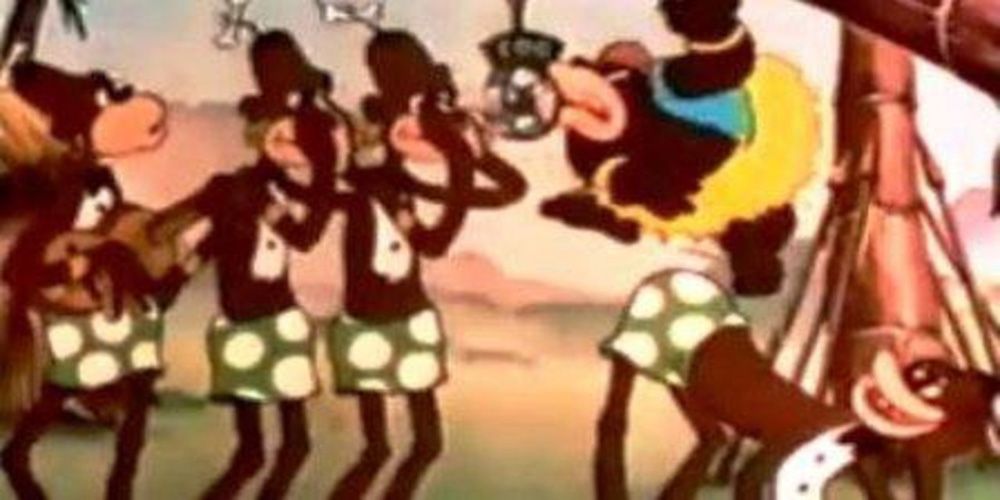
Definitely one of the more offensive cartoons Looney Tunes has done. The cartoon has animal-like dark characters with big lips on the island. One gag specifically has them going from a primitive drumbeat to all-out Jazz, connecting the two together as though they should be looked at the same.
Unsurprisingly, it’s another one of the Censored Eleven. While the cartoon’s main concentration is on its protagonist Elmer Fudd, it really could have taken its themes with a better grace then what’s shown.
All This And Rabbit Stew/Hiawatha’s Rabbit Hunt
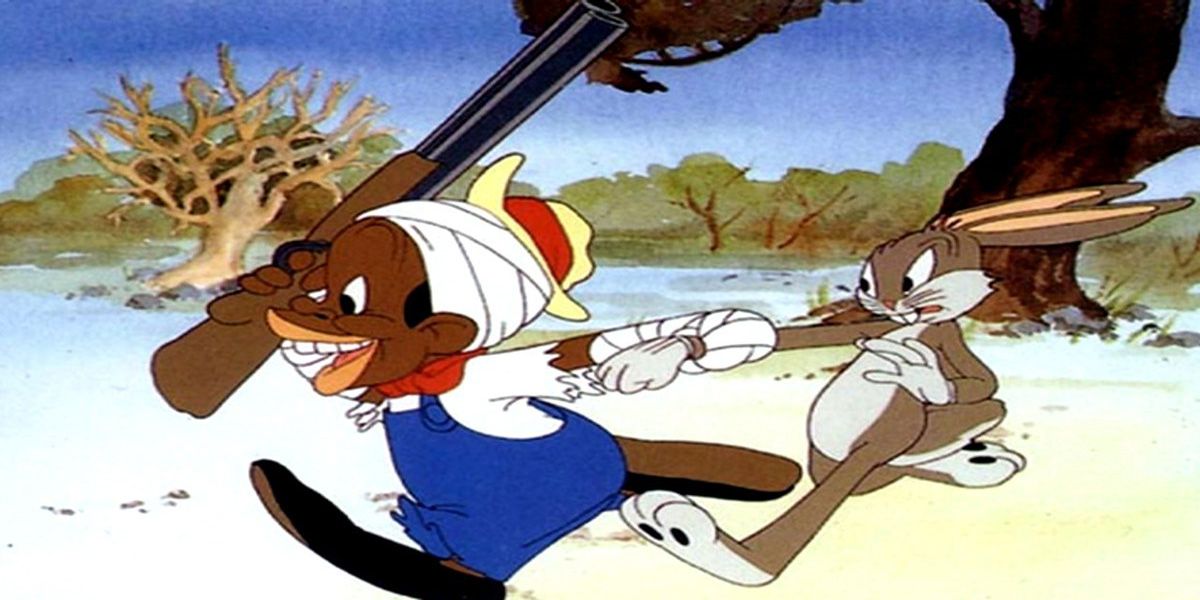
A special one that features the main rabbit himself, Bugs Bunny. Not even Bugs is sacred in this case, with this 1940’s short. One of four Bug Bunny films debuting that year and another featuring a bad caricature of a Native American trying to hunt Bugs.
Essentially both stereotypes are just drop-in replacements for Elmer Fudd, nothing made them stand out as characters other then they were uncreative negative stereotypes trying to play on humor through that. All This and Rabbit Stew was another that was banned from circulation.
Coal Black And De Sebben Dwarfs
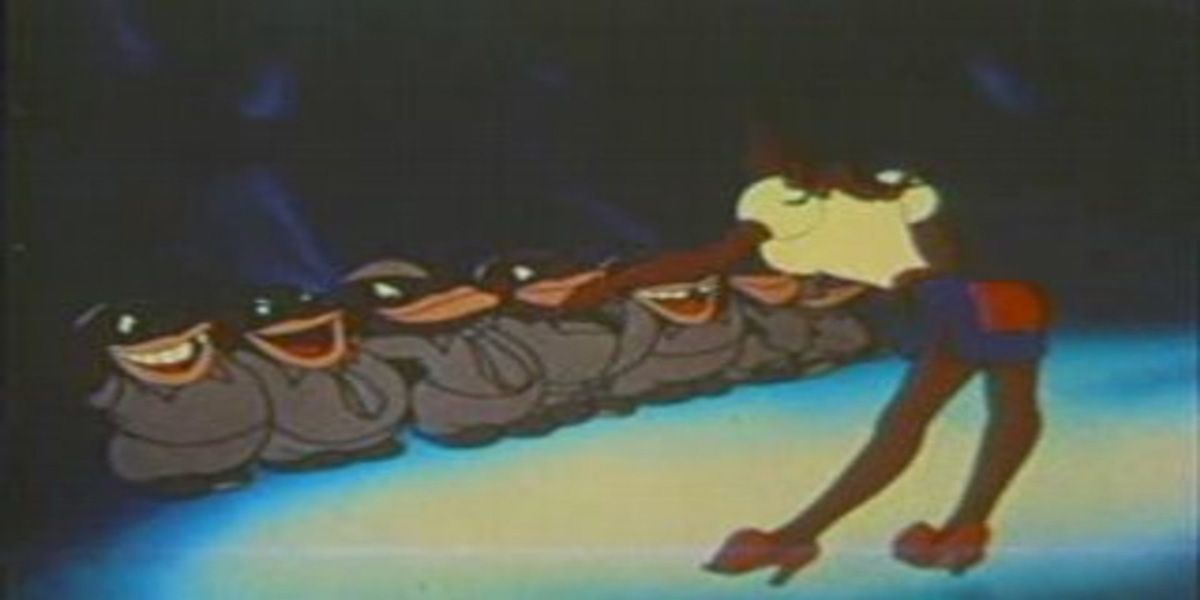
Another parody short by Looney Tunes but Disney in flavor this time. Rather than the Grimms’ storybook, it’s more a parody of the movie, going after signature scenes from Disney.
It’s pretty obvious right from the name to the end of the short that it comes from prejudice culture of the time, and most the humor is an “Oh, they’re so poor and don’t sound like us,” vibe. To add more offensiveness to it, this short is also a propaganda film for World War 2, featuring assassins offering their services to kill Japanese people for free. It doesn’t help matters that all the appearances are that of blackface.
Angel Puss
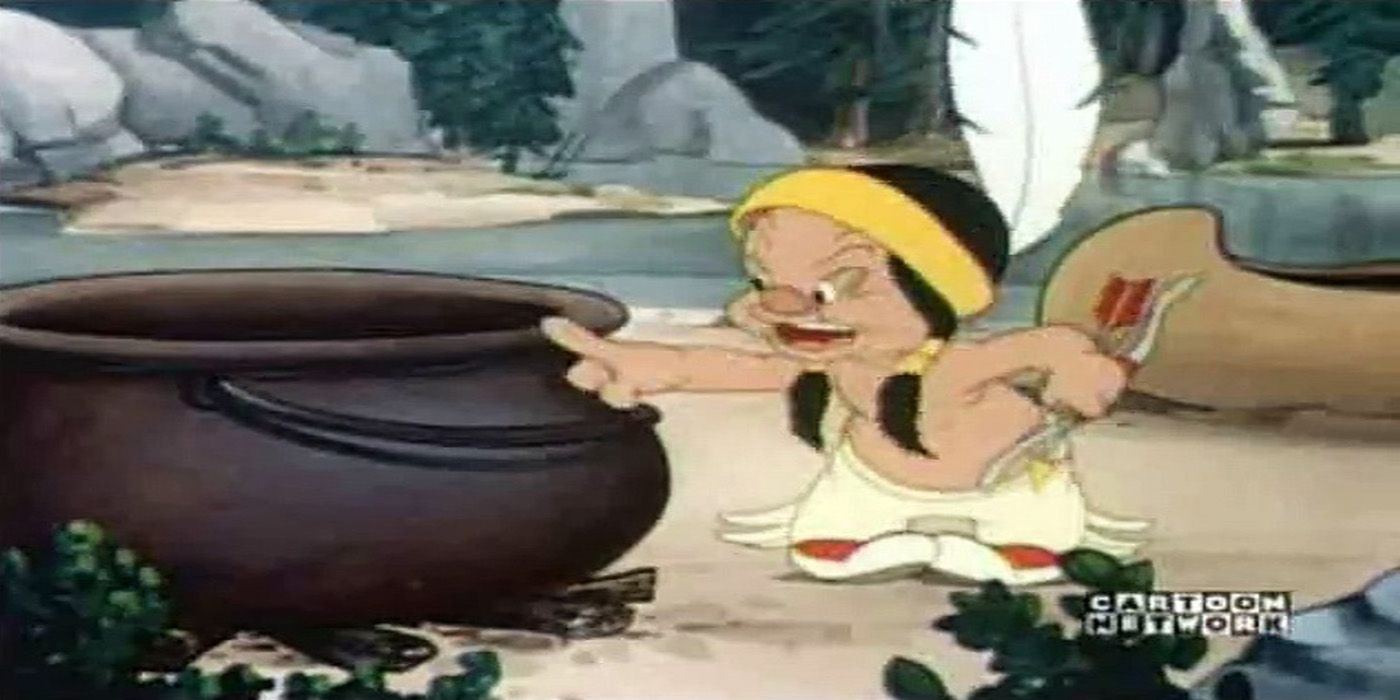
Another short encouraging association of blackface and gambling with a gag where a cat tricks the main character into a trance by jiggling dice.
Basically it’s about a kid who has been paid to drown a cat, but the cat escapes after tricking the main character that he died. So naturally, the cat pretends to be a ghost and haunts the boy until he gets actually gets his face shot off this time. But don’t worry, the cat is back with all nine lives to further torment the boy.
Goldilocks and the Jivin’ Bears
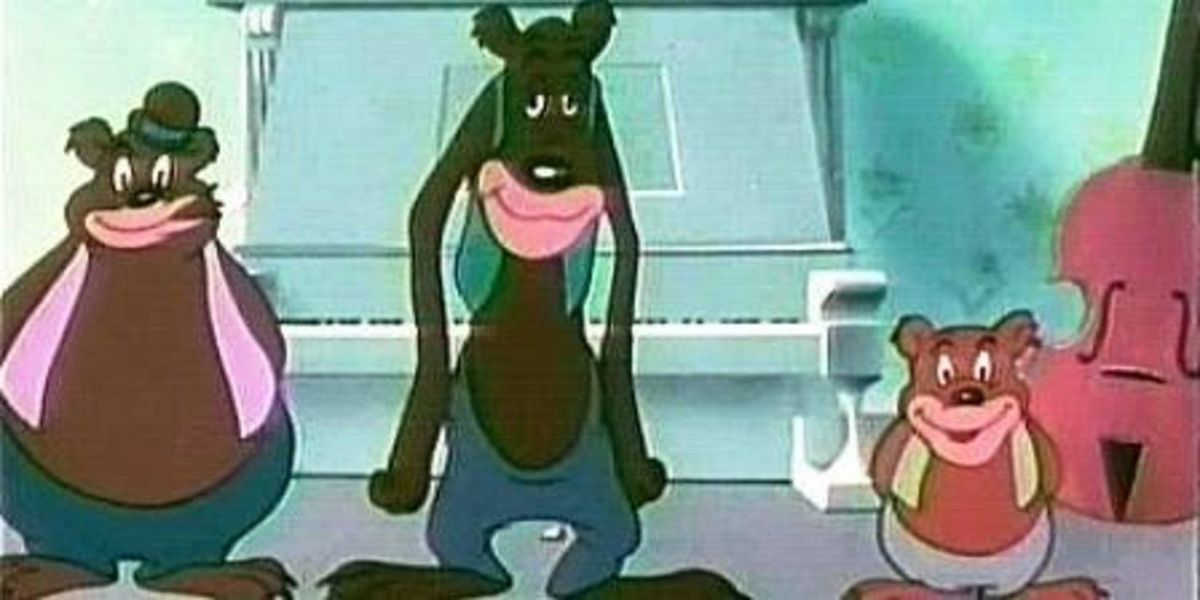
This is the latest cartoon made of the Censored Eleven from Looney Tunes and once again from Friz Freleng. This cartoon is essentially the old Merry Melodies formula of taking several Brothers Grimm story tales, combining them together, and making them feel inappropriate for children.
It’s essentially an obsessive jitterbug dance party with sexual overtones, the three bears as black caricatures with instruments, and sarcastic humor. A pretty familiar childlike formula of taking children’s classic tales and adding dance parties, then mucking it up with negative stereotypes.




